*** Proof of Product ***
Exploring the Essential Features of “Wound Debridement – Laura Swoboda”
Debridement is a critical step of wound bed preparation to expedite healing and assist in the avoidance of negative outcomes associated with bioburden and biofilm. Clinicians have many options to accomplish debridement including sharp, conservative sharp, mechanical, enzymatic, biologic, chemical, and autolytic debridement. Removing necrotic tissue can not only impact the wound environment, but also quality life. This session reviews the various forms of debridement as well as contraindication and precautions. Clinicians will be aware of key safety measures if performing conservative sharp wound debridement. The course concludes with a case compendium of debridement showcasing the multitudinous debridement options available.
Speaker
Laura Swoboda, DNP, APNP, FNP-BC CSWCN-AP®, is a professor of health sciences, family nurse practitioner, and certified wound specialist in Milwaukee metro, Wisconsin. Dr. Swoboda is on the National Pressure Injury Advisory Panel (NPIAP)’s Prophylactic Dressing Standards Initiative Task Force, a member of the editorial board for the Wound Care Learning Network and Wound Management and Prevention, and on the board of directors for the Wound, Ostomy, and Continence Nursing Certification Board (WOCNCB) and the Association for the Advancement of Wound Care (AAWC).
Speaker Disclosures:
Financial: Dr. Laura Swoboda has employment relationships with The Healing Institute and Medical College of Wisconsin. She receives a speaking honorarium and consulting fee from Histologics, Hartmann, Convatec, Aroa, AOTI, Innovacyn, Solventum, Smith & Nephew. Dr. Swoboda receives a speaking honorarium and recording royalties from PESI, Inc. All relevant financial relationships with ineligible organizations have been mitigated.
Non-financial: Dr. Laura Swoboda serves on the board of directors for the Association for the Advancement of Wound Care and the Wound Ostomy Continence Certification Board. She is an editorial board member of Wound Care Learning Network. Dr. Swoboda previously was a consultant for Essity and Innovacyn.
Objectives
- Differentiate between debridement options including sharp, conservative sharp, mechanical, enzymatic, biologic, chemical, autolytic.
- Define the how debridement can impact the wound environment and quality of life.
- Discuss contraindications and precautions to debridement.
- Identify key safety measures when performing conservative sharp wound debridement.
Outline
Assessment considerations for debridement
- tissue types,
- conditions
- disease states,
- skin pathophysiology.
Biophysical indications for debridement including
- biofilm,
- bioburden,
- the healing cascade.
Benefits, limitations, and usage of multiple debridement modalities including
- sharp,
- conservative sharp,
- mechanical,
- enzymatic,
- biologic,
- chemical,
- autolytic debridement
Case compendium of debridement accomplished utilizing multiple methods
Target Audience
- Occupational Therapist
- Occupational Therapy Assistant
- Physical Therapist
- Physical Therapist Assistant
- Registered Nurse
- Licensed Practical Nurse/Licensed Vocational Nurse
- Certified Nurse Assistant
- Medical Assistant
- Nursing Home Administrator
- Nurse Practitioner
- Podiatrist
- Physician Assistant/Associate
- Physician
Please see the full list of alternative group-buy courses available here: https://lunacourse.com/shop/

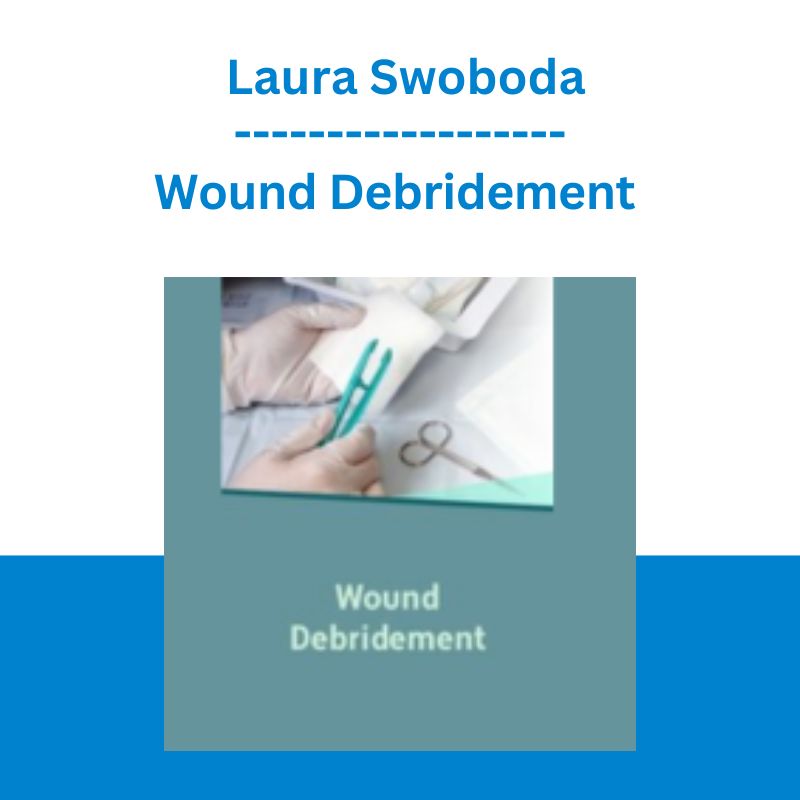


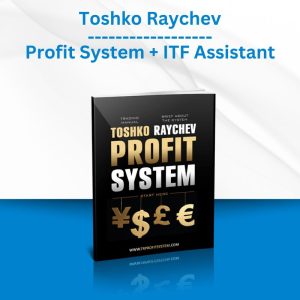
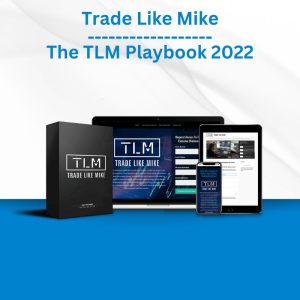

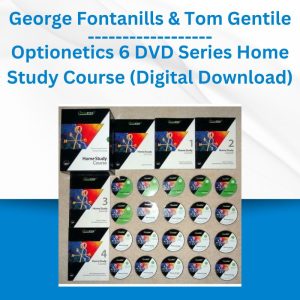
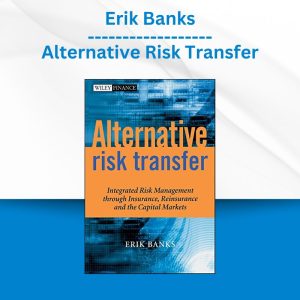

 George Fontanills & Tom Gentile - Optionetics Wealth Without Worry Course
George Fontanills & Tom Gentile - Optionetics Wealth Without Worry Course 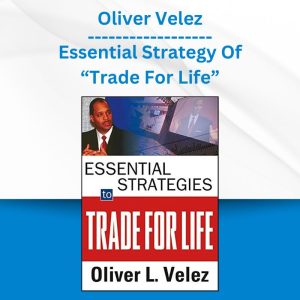 Oliver Velez - Essential Strategy Of Trade For Life
Oliver Velez - Essential Strategy Of Trade For Life  Dave Landry - Stock Selection Course
Dave Landry - Stock Selection Course